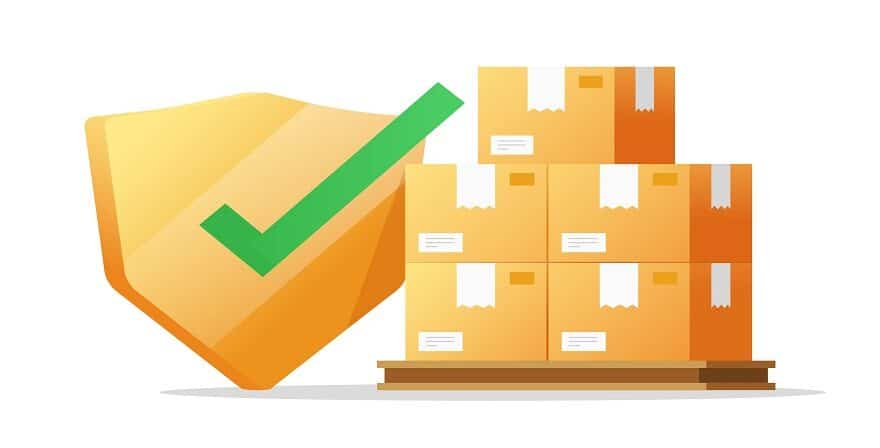
Exporting Excise Goods To The EU From 1 January 2021
From 1 January 2021, there will be changes to how you export and declare excise goods (alcohol, tobacco and certain oils). Exports of excise goods from the UK to the EU will be treated the same as exports to the rest of the world. This includes moving excise goods to a place of export in the UK.
There may be different rules in respect of Northern Ireland movements after transition. These will be published at a later date.
The Government guidance can be found here: https://www.gov.uk/guidance/exporting-excise-goods-to-the-eu-from-1-january-2021
EXPORTING EXCISE DUTY PAID GOODS
From 1 January 2021 you will need to submit an electronic export declaration. If you are a business, you may be able to recover the excise duty on the exported goods by claiming excise duty drawback.
See: https://www.gov.uk/topic/business-tax/import-export#export-declarations
EXPORTING EXCISE DUTY SUSPENDED GOODS
From 1 January 2021 you cannot use the Excise Movement and Control System (EMCS) to move excise duty suspended goods directly from the UK to the EU. If you move goods without following the relevant customs export procedures at the place they are exported from, you may be liable for excise duty and penalties. Your goods may also be seized.
If you raise a movement on EMCS to an EU member state 7 days before 1 January 2021, with a dispatch date on or after 1 January 2021, the movement will be rejected by EMCS and HMRC.
See: https://www.gov.uk/guidance/customs-declarations-for-goods-taken-out-of-the-eu
MOVING EXCISE DUTY SUSPENDED GOODS TO THE PLACE OF EXPORT FROM THE UK
You must use EMCS to move excise duty suspended goods from within the UK to the place they are being exported from.
You will need to either:
- ensure the authorised warehousekeeper declares the movement on EMCS when the goods are held in excise duty suspension in their warehouse
- appoint a registered consignor to move the goods or become a registered consignor – when the goods are being released from a customs control for re-export
See: https://www.gov.uk/guidance/importing-excise-goods-to-the-uk-from-the-eu-from-1-january-2021#reg-con
The authorised warehousekeeper or registered consignor must:
- complete and submit an electronic administrative document (eAD) through EMCS before the movement takes place
- get a unique Administrative Reference Code (ARC) for that specific movement (that EMCS generates)
- complete a customs export declaration using the National Export System (NES) and enter the ARC in box 40
- receive an ‘accepted for export’ notification on EMCS after the goods are cleared by customs – this should be generated if the ARC on EMCS matches the details in Box 40 of the customs export declaration
- receive a ‘report of export’ to ensure the export is closed on EMCS
If the ARC does not match the customs export declaration within 30 days of the customs export declaration being submitted, the warehousekeeper or registered consignor will receive a ‘rejected for export’ notification to remind them that the movement is still open on EMCS. You will need to establish why this has happened and take corrective action.
For more information, Book a Free Consultation
Need Accountancy Support?
For information on bespoke training, or if you have any other questions for Makesworth Accountant, please fill in your details below
















 151
151